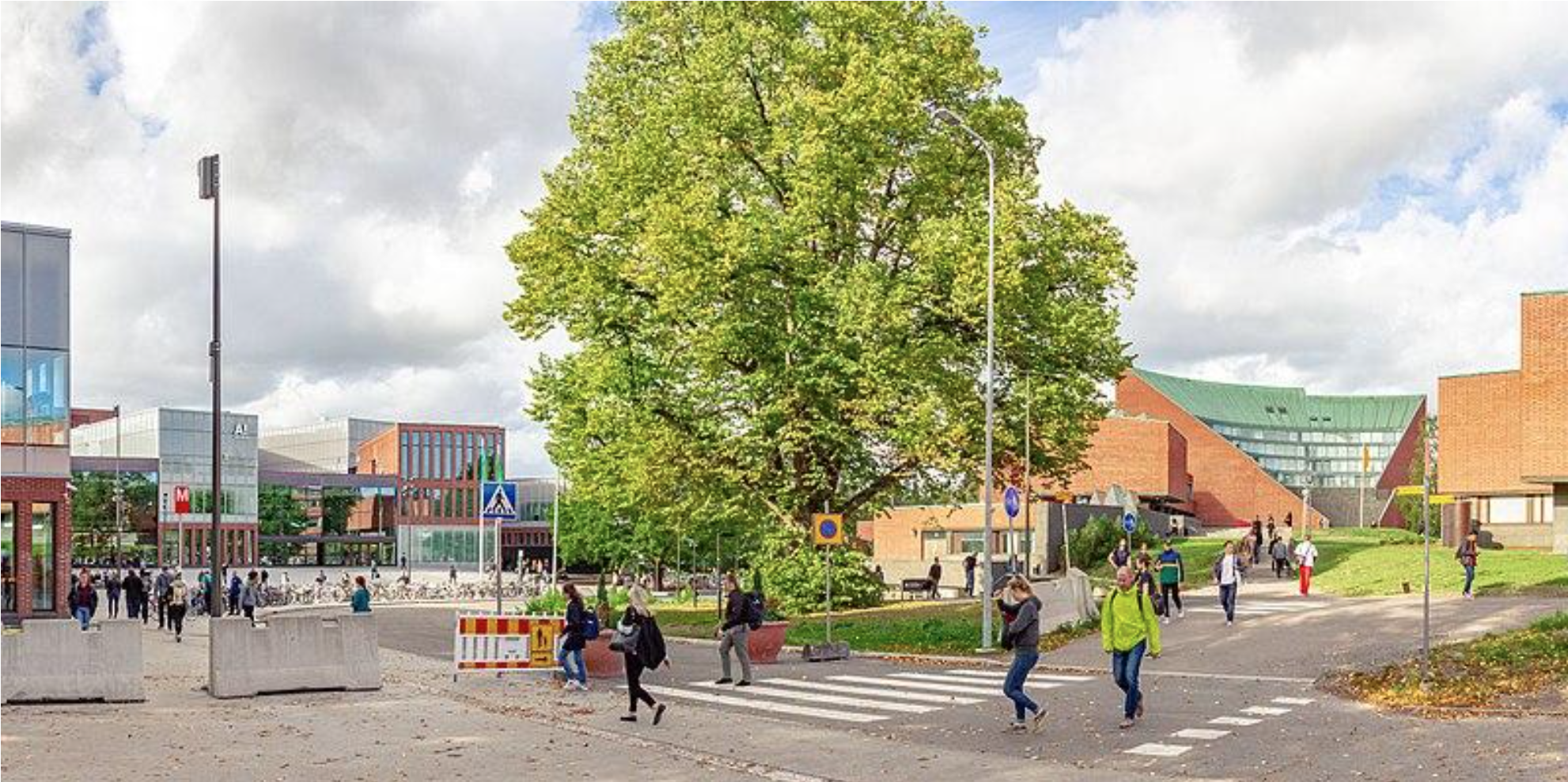Complexity at Aalto University: TNA Visit to Aalto 2023
Last Summer I could make a TNA visit to the group of Prof. Kimmo Kaski at Aalto University, which turned out to be a major opportunity to learn and catch up with the most recent developments in complex systems science.
Some years ago by now I had the opportunity and the luck to visit Kimmo Kaski’s group at Aalto University as an associate researcher and that was the place where I started to work in complex systems. Actually, at the beginning, we were more focused on condensed matter research. But that was such a special interdisciplinary environment in many ways: not only could a researcher interact freely with all the other researchers and research fields around but we were encouraged to do so. And soon, before I realized what was happening, we turned into a complex systems group.
In the meantime, Aalto University has grown a lot in these years. Where I remember there used to be a bus stop, there is now also the stop of an underground connecting Helsinki to the Espoo region, a tram line, big stores and restaurants, representing the forum of the large Aalto University campus that has emerged and grown around with the addition of new buildings and the merging of other new departments, joining the older part of the university. This has resulted in an even more vibrant university.
My scientific visit started with the plan to make an analysis of text from a complex systems perspective. And it ended up - not surprisingly - with an extended research program with a multidisciplinary character in which we have started various ongoing projects. The part of work on text analysis has advanced significantly in various ways, we have downloaded and categorized text databases, written a code to clean them by removing metadata, and written the code that performs the basic text analysis and extracts the text statistics. We have already started to study word statistics on some selections of texts checking how the Zipf's law differs between the parameters associated to different topics, authors, and book lengths. But besides that, we have for example started to study the interplay between people's movement and social networks. This problem is complicated, since there is a mutual dynamical interplay: movements of people are influenced by their social networks and social networks continuously change as new acquaintances are made and others are not maintained depending on the ongoing movements of individuals at a certain time and location.
The wider goal of the work is now to investigate how they influence each other. The coupled dynamics is quite complex and we resorted to a numerical study. Related problems are of interest and have been considered in epidemiological modeling, even if usually fixed transportation routes were assumed. For this work, it was inspiring to read a recent work by Riasco and Mateos (2017) on traffic in cities where they proposed that a similar model would be necessary to provide a more realistic description of social networks evolution in the cities. We have started our work constructing and numerically simulating some general models that describe the formation of social networks due to the random encounters of individuals, as the individuals perform a random walk either in free space or along a predefined network. In order to make a new link or remove an old one, there are various rules that can be used. A simple rule (Riascos&Mateos, PLoS One 2017) is that a new link between two individuals will form when they happen to meet more than once in the same node of a network.
Various scenarios are expected to appear corresponding to different regimes: if individuals move with a free unbiased random walk, they will eventually all connect to each other and form a single random network, which will eventually evolve into a global network. If their interaction is stronger, the formation of isolated communities takes place. Work is now under progress for a systematic exploration of the parameters influencing the network formation and the types of networks emerging from different diffusion strategies. And that is not all. The analysis of phone calls with external events is now another topic under investigation.
The Aalto University group where the TNA visit was carried out has studied in various papers different phone calls databases, showing that they contain precious social information and that one extract from them an overview of many social habits of individuals and their underlying social structure. Thanks to their expertise, it was possible to start straightforwardly the computational analysis of these databases, which covers many data, such as age, gender, locations, and have already been tested and proved to be a reliable source of information for drawing a detailed statistical pictures of the population's phone call habits. We have started this new research topic by studying the influence of various types of events, e.g. popular sports events. Preliminary results show that phone-calling habits are appreciably affected by events that influence the social network at a global level, for example by delaying, enhancing, or decreasing their rate. And, of course, there is much more that is coming!
I would like to thank Kimmo Kaski, his team, and all the visitors that I met during the TNA visit for such a stimulating a fruitful experience. And of course, the SoBigData++ consortium that made all this possible.

